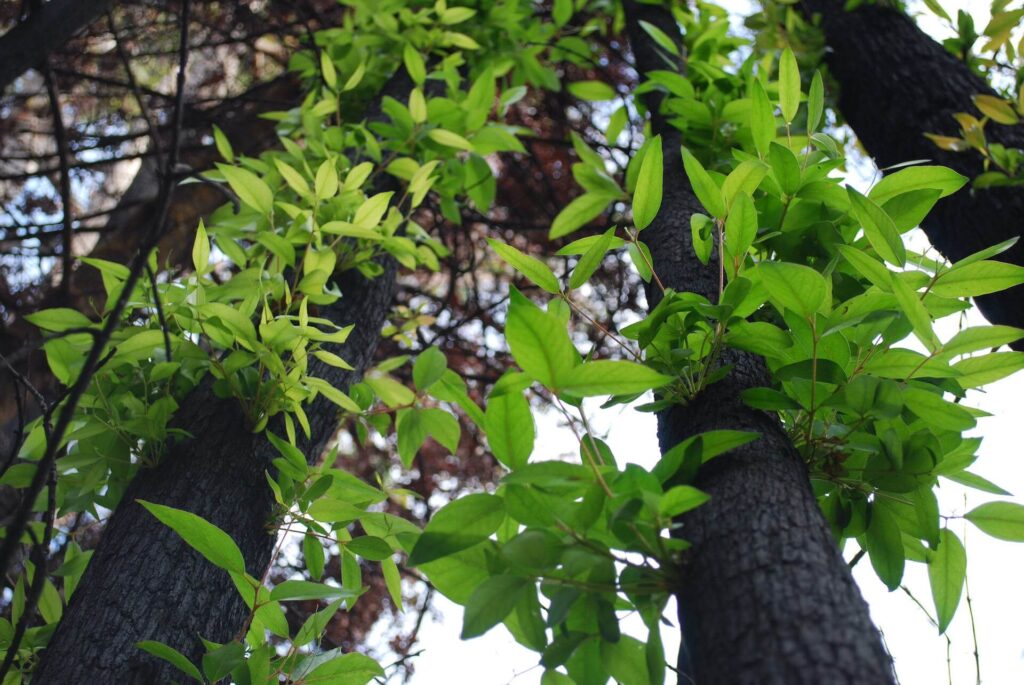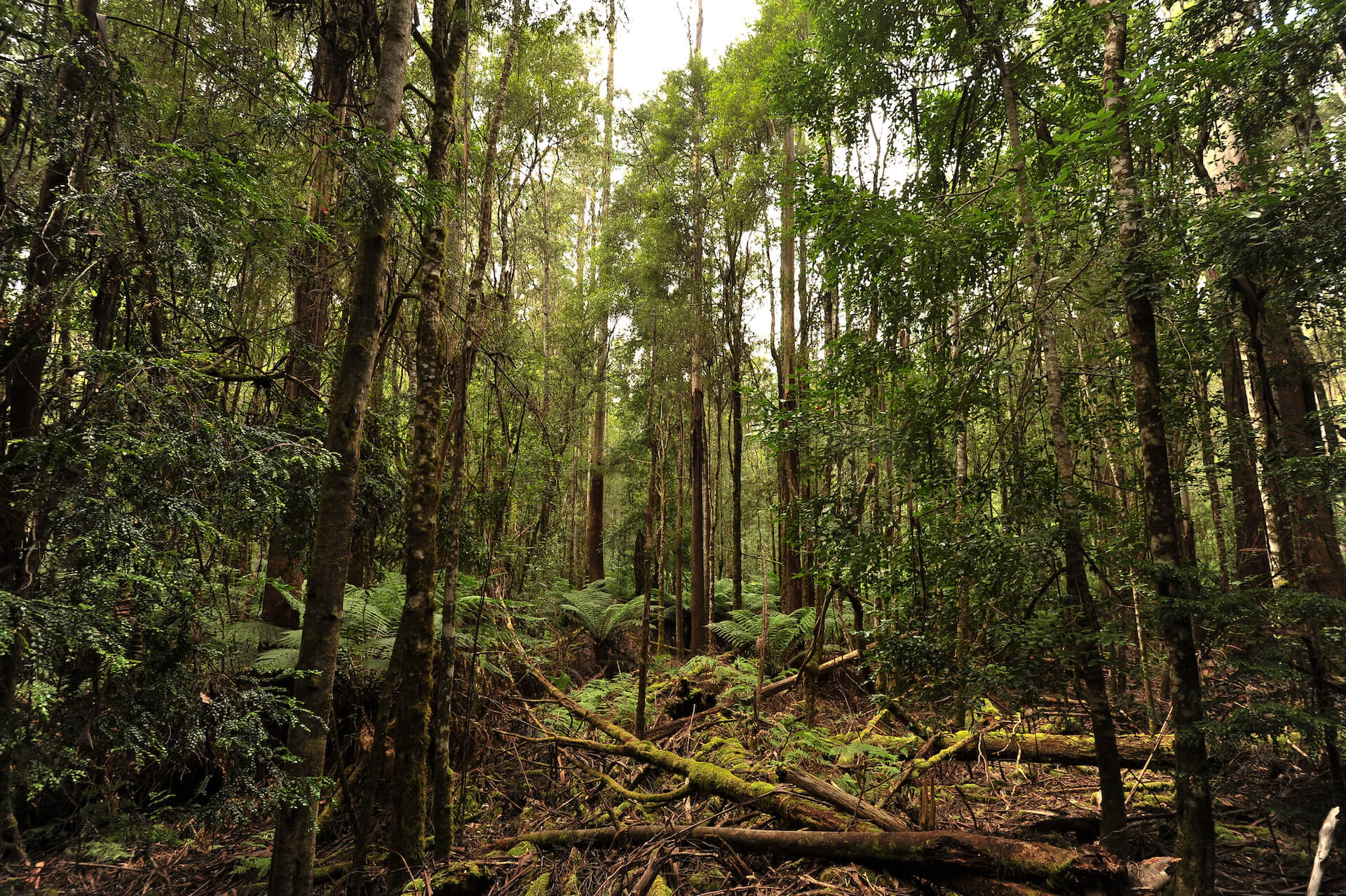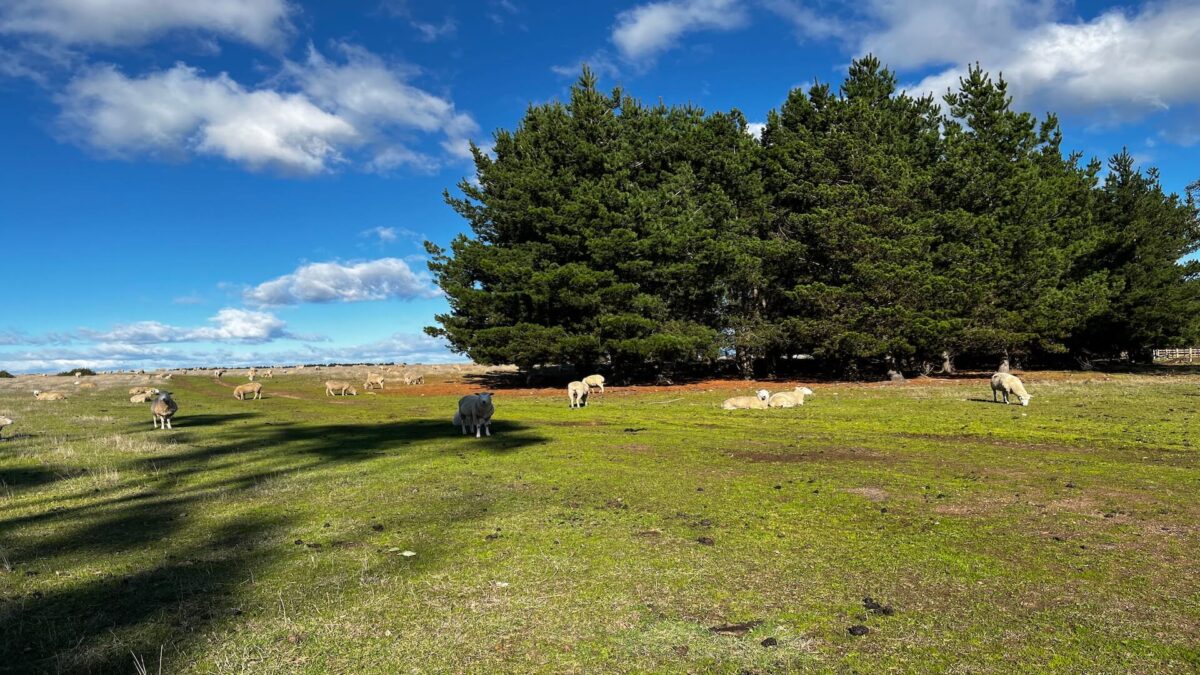Secondary Programs
The FEF offer a range of programs and resources to students from Year 7 to 10. Our excursion/incursion experiences and Forest in a Box resources are aligned to the Science, Geography (HASS) and Design and Technology areas of the Australian Curriculum. Our programs provide the opportunity for students to learn about forest landscapes and their management in an interactive, hands-on way.

Science
| Food Webs | Classification |
| Ecosystems | Field Work |
| Carbon | Regeneration |

Geography
| Sustainability | Biomes |
| Climate change | Resources |
| Management | Field Work |

Agriculture
| Agroforestry | Productivity |
| Carbon | Soil and Water |
| Farm Health | Timber |
